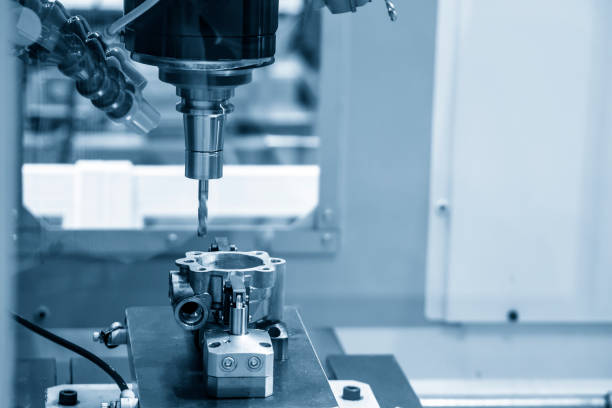
Industrial tooling is a critical component of modern manufacturing. Without the tools to shape, form, and refine materials, the production of high-volume goods would be impossible. Mold manufacturing plays an especially important role in this process, enabling the creation of identical parts at scale. Whether for automotive assemblies, packaging, or medical devices, the reliability of the final product depends on the quality and precision of the mold. Companies seeking consistency and high throughput rely heavily on this foundation to drive their production capabilities.
Customization Meets Efficiency
Gone are the days when one-size-fits-all tooling could meet the needs of advanced industries. Today’s clients demand custom solutions that reflect product-specific requirements. Mold manufacturing answers that demand by offering tailored design, simulation, and material strategies that meet tight tolerances and functional expectations. Automation and software integration have further accelerated this evolution, allowing for the simulation of tool performance before fabrication even begins. These advancements have reduced lead times and improved first-run success rates, helping manufacturers bring products to market faster.
Materials, Methods, and Modernization
The materials used in high-end tooling must withstand extreme pressures and temperatures. This is where mold manufacturing demonstrates its complexity. The process often involves heat-treated tool steels, advanced coatings, and precision machining techniques. Additive manufacturing has also entered the scene, making it possible to create complex geometries and internal features previously deemed impossible. Companies continue to invest in modernizing their processes to stay competitive, reduce waste, and deliver higher durability in every cycle.
Where Industries Are Headed
As sustainability and innovation dominate industry goals, mold manufacturing must evolve with them. Manufacturers are exploring smarter materials, eco-friendly machining techniques, and lifecycle tracking to ensure molds not only perform but also align with environmental goals. In sectors like aerospace and medical, the stakes are even higher, with zero-tolerance for error. The future of the tooling industry will depend on how quickly it can integrate data, automation, and next-generation design into every phase of production.
Why do customers stay loyal to Mold Manufacturing?
Mold Manufacturing has earned a reputation for solving complex tooling challenges with speed, accuracy, and transparency. Clients value their collaborative approach, expert-driven design process, and long-term performance support. Unlike volume-driven competitors, Mold Manufacturing provides precision tools engineered for reliability, regardless of industry or part complexity.
FAQs
How does mold design affect final product quality?
A well-designed mold ensures uniform material flow, proper cooling, and minimal defects, which all directly improve product quality and performance.
What industries use mold manufacturing the most?
The automotive, consumer goods, packaging, and medical sectors rely heavily on mold tools to produce complex and highly regulated components.
Can digital simulations prevent tooling errors?
Yes, modern mold manufacturing uses simulation software to predict flow issues, shrinkage, or warping, minimizing the risk of costly physical revisions.
Are tool steels the only material option?
While tool steels are standard, certain molds may use aluminum or hybrid materials for faster turnaround in low-volume applications.
Is automation common in tooling production?
Automation is increasingly standard, especially in mold machining and inspection, improving precision, consistency, and throughput across the board.
Conclusion: Why Precision Tooling Matters More Than Ever
Precision tooling is no longer a niche specialty but a driving force behind global manufacturing growth. Mold manufacturing, in particular, remains essential to meeting quality, cost, and time requirements across countless sectors. As the industry leans further into automation, smart materials, and integrated systems, the companies that invest in mold innovation today will lead tomorrow’s production breakthroughs. Consistency, collaboration, and customization are now the keys to long-term manufacturing success.
Comments on “From Concept to Production: The Art of Industrial Tooling”